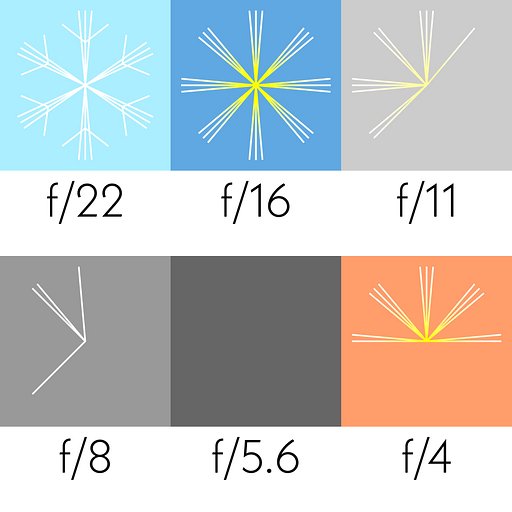What is parallax error and how can I avoid it?
Have you experienced carefully framing your shot through the viewfinder of your camera, then having an off-center, inaccurate or weirdly angled result? That is called a viewfinder error, more commonly known as a parallax error. It refers to the shift in the apparent position of your subject, due to the difference between what your lens sees and what your viewfinder shows.
The parallax error occurs when your camera’s viewfinder is not directly above or linked to the lens. The misalignment is most noticeable when your subject is close to the camera. It is less likely to occur when your subject far away from you.



The parallax error is not a reason to limit ourselves and our creativity, though! Composition, framing and depth all add to the stories that our photographs tell – these are thoughtful details that we want to preserve and reflect in our works. While we cannot avoid the parallax error completely, there are simple things we can do to compensate for it.
For example, you want your subject to appear at the center but your viewfinder is located at the upper right corner of your camera. What you should do in this case is to look through your viewfinder and keep the subject at the lower left corner. This makes up for the gap in the position of your camera and its viewfinder. If your viewfinder is situated at the upper left, do the opposite – just adjust according to your camera and its design. If you’re up for something challenging, you can try shooting without looking through the viewfinder at all. Align the lens with your eyesight and trust your instinct. This takes practice and confidence, so channel the true Lomographic spirit and keep yourself open to mistakes and experimentations.
Anything missing?
Can’t find an answer to your question? Or do you have some useful advice to add to one of our courses? We want to build the world’s largest analogue learning space, so please send any further requests or information to school@lomography.com and we’ll take a look!
More Courses
-
What are the different types of film cameras?
From a SLR, to TLR, to rangefinder or point & shoot cameras – find out how these different types of cameras operate.
-
What is the sunny16 rule?
The Sunny 16 Rule is a way to meter for correct exposure during daylight without using the camera’s meter. It is great for photographers who don’t want to get slowed down by metering for every shot or rely too much on their camera’s in-built light meter.
-
What does it mean to overexpose vs underexpose a photo?
Put simply, an overexposed image is one that is brighter than the reality of the scene you’re trying to photograph, while an underexposed image is darker than reality. Overexposure generally means you are giving your film too much light, and with underexposure you have the opposite problem of not enough light.
-
What does exposure compensation mean?
Exposure compensation is a feature that allows you to override the camera’s light meter reading by allowing the photographer to control how dark or how bright a photo will turn out before snapping a photo.
-
Do I have to load film in my camera in the dark?
There’s no need to load film in the dark but going under the shade or subdued lighting are ideal conditions when loading film.
-
What is the difference between a full-frame and half-frame camera?
Full-frame film cameras create an image across the entire 36 mm by 24 mm frame. Whereas half-frame cameras can fit two images onto one frame and each image measures 18 mm by 24 mm.
-
How many photos can you take on a 35 mm film?
A standard roll of 35 mm film allows you to take 36 photos. However certain film stocks only allow 24 photos to be taken. The number of exposures is indicated on the outside of the box of film.
-
What is the difference between analogue and digital?
Analogue and digital formats are both ways of storing information. In analogue technology, waves or signals are stored in their original form (such as vinyl where grooves are etched in order to create sound waves on the disk itself.) However, in digital technology, waves or signals are converted into numbers and stored as code on a digital device such as a hard drive, memory card or computer.
-
What does bokeh mean?
Coming from the Japanese word “boke-aji” which means the quality of blur, bokeh describes the quality of a photo’s “blurry“ and out-of-focus portion.


